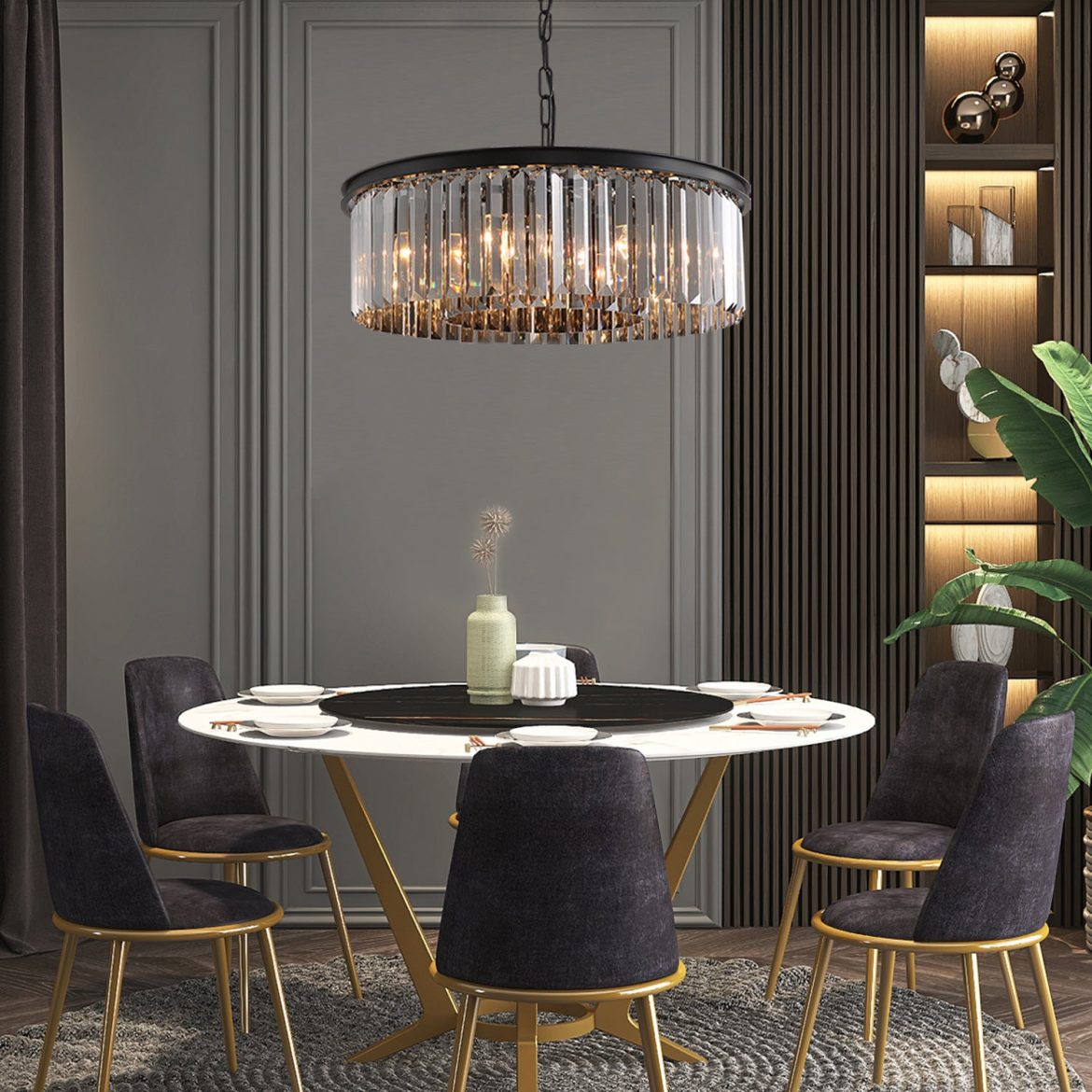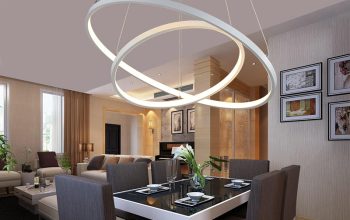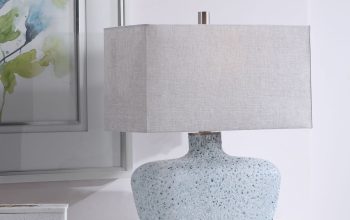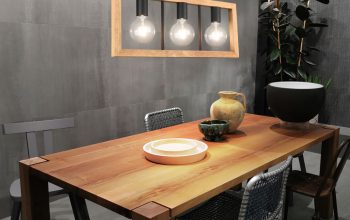Introduction
Lighting has always been an essential part of our lives. It not only illuminates our surroundings but also sets the mood and atmosphere. Denmark, a country with a rich history in design and architecture, has made significant contributions to the world of lighting design. This article will explore the evolution of Danish lighting over the past century and how it has influenced the industry today.
A Brief History of Danish Lighting
Danish lighting design emerged in the early 20th century with the emergence of the “Danish Modern” movement. During this period, Danish designers focused on creating furniture and lighting that was simple, elegant, and functional. The founder of this movement was Kaare Klint, a Danish architect who taught at the Royal Danish Academy of Fine Arts. His students, such as Poul Henningsen, Jørn Utzon, and Arne Jacobsen, went on to become some of the most iconic Danish lighting designers of all time.
One of the most notable contributions to Danish lighting design was the PH Lamp, created by Poul Henningsen in the 1920s. The PH Lamp was designed to eliminate glare by using multiple shades to diffuse the light. This innovative design was revolutionary and set the standard for modern lighting design.
Another designer who made significant contributions to the Danish lighting industry was Verner Panton. He is known for his use of vibrant colors and unconventional shapes in his lighting designs. His most famous design is the Flowerpot Lamp, which was created in 1967 and is still popular today.
The Danish Lighting Industry Today
Today, Denmark remains a leading force in the lighting industry. Danish companies such as Louis Poulsen, Secto Design, and Gubi continue to produce innovative and high-quality lighting products. These companies have maintained a strong focus on both form and function, ensuring that their designs are both aesthetically pleasing and practical.
One trend that has emerged in recent years is the use of sustainable materials and energy-efficient technology. Many Danish lighting companies have made a commitment to reducing their environmental impact by using materials such as bamboo and recycled plastics. Additionally, LED technology has become increasingly popular, as it is more energy-efficient and longer-lasting than traditional lighting methods.
The Future of Danish Lighting
As technology continues to evolve, so does the lighting industry. Danish lighting designers are constantly exploring new materials, techniques, and technology to create the lighting designs of the future. One area where Danish lighting is leading the way is in the field of smart lighting.
Smart lighting allows users to control the brightness, color, and timing of their lights using their smartphone or other mobile devices. This technology not only provides convenience but also allows users to reduce their energy consumption and reduce their environmental impact.




